Cricket Victoria’s spending slash could affect elite junior competitions
It was the starting point for sporting legends like Shane Warne and Dean Jones — and now community cricket is facing the potential scrapheap. With a struggling Cricket Victoria slashing spending, here’s why our junior cricketers deserve better.
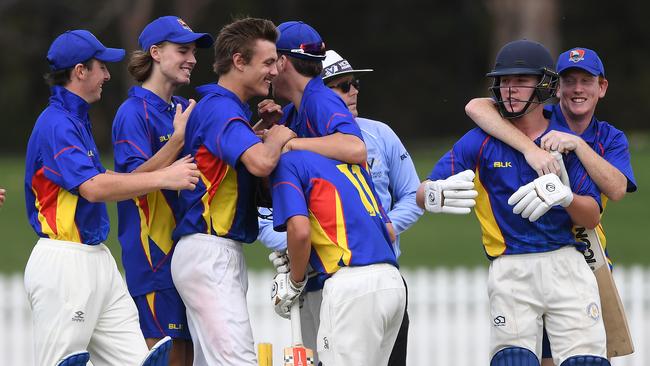
Inner South
Don't miss out on the headlines from Inner South. Followed categories will be added to My News.
Shane Warne, Dean Jones, Paul Reiffel. They’re names you would expect to see lining up for Australia during the 1990s.
They’re also graduates of the U16 WJ Dowling Shield competition, one of the strongest underage competitions in the country since its inception in 1954-55.
Or at least it was.
A cloud hangs over the future of the competition as Cricket Victoria prepares to drastically slash spending in a bid to survive a financial crisis accelerated, but not entirely caused by, coronavirus.
It’s likely Victoria’s powerful premier clubs will be asked to take control of the junior competition again, like it was when Warne represented the University of Melbourne in 1983-84, or Jones at Carlton in the 1970s, or Reiffel at Richmond in the early 80s.
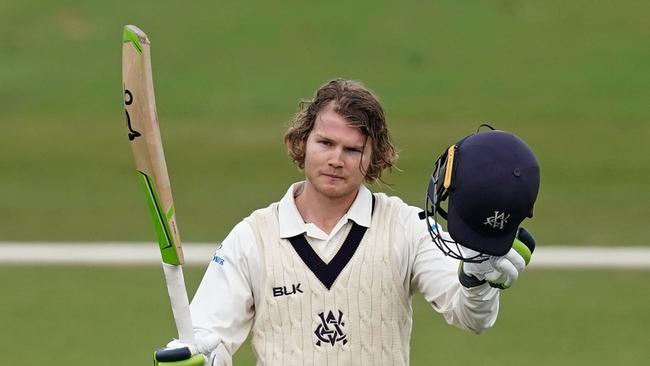
Cricket Victoria took over the Dowling Shield competition from the premier clubs in 2004-05, and with it ran an U14 and U18, and two female representative competitions comprising of teams from 16 regions across the state.
In July 2014 Cricket Victoria broke 100 years of tradition when it assumed control of the entire premier cricket competition from the pennant committee.
In 2016, it formed a new competition, Cricket Southern Bayside, made up of 23 former Victorian Turf Cricket Association southern clubs.
And in mid-2019 it absorbed the functions of the Stars and Renegades BBL club’s boards and chief executives.
Added to that was the extra running costs associated with its new $40 million state-of-the-art administration and training base at the Junction Oval.
They’ve also invested in five new regional cricket centres and six metropolitan cricket hubs, with construction costs mostly underpinned by State Government grants.
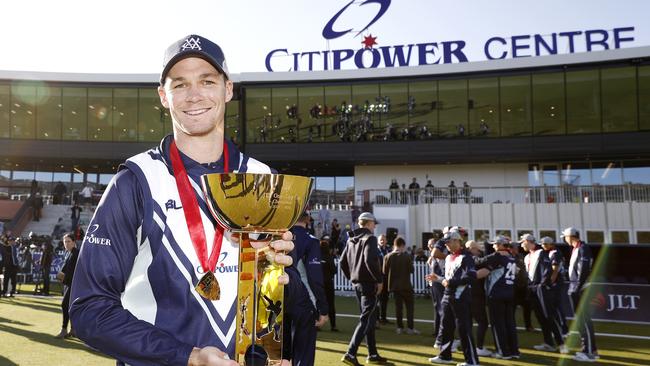
It could be argued Cricket Victoria was overstretched and something had to give.
In the 2018-19 financial year, where another restructure also took place, it reported a loss of more than $2 million.
The year before it was an $866,000 loss.
The hardest hit areas will be junior development programs and community cricket.
The first people on the chopping block were Cricket Victoria’s grassroots support staff, with the elite underage competitions also likely to be axed.
It’s understood Cricket Victoria plans to make half of its 140 full time workforce redundant by mid-May.
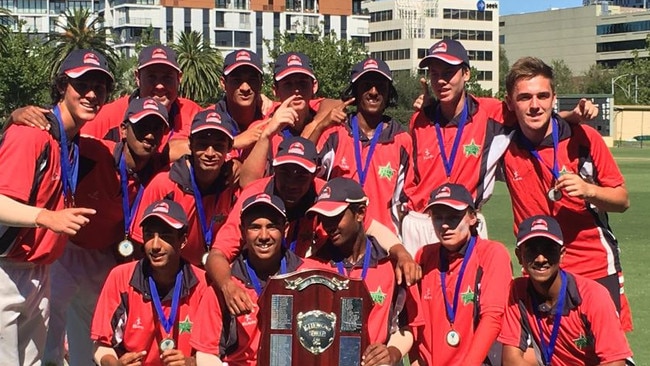
It’s understood those 16 regions will be reduced to four, with three staff in each, which will be expected to provide support to local clubs, schools, diversity and inclusion initiatives and the Woolworths Blasters entry-level program for youngsters across the entire state.
The entire department is being slashed from 45 employees to just 12.
It’s likely community cricket clubs and schools in the far reaches of Victoria, including Mildura, Warrnambool, Horsham and Wodonga, won’t see a Cricket Victoria employee for years.
Country cricket was already declining — the league I played in has shrunk from 29 senior teams to 21 — meaning pathway competitions were even more important for aspiring young rural cricketers.
The Dowling Shield appears to be going back to its original roots, while the elite U14, U18 and female Youth Premier League competitions are likely to be completely axed.
There is also doubt over the U15 and U17 national titles, national second XI and national club Twenty20 competitions.
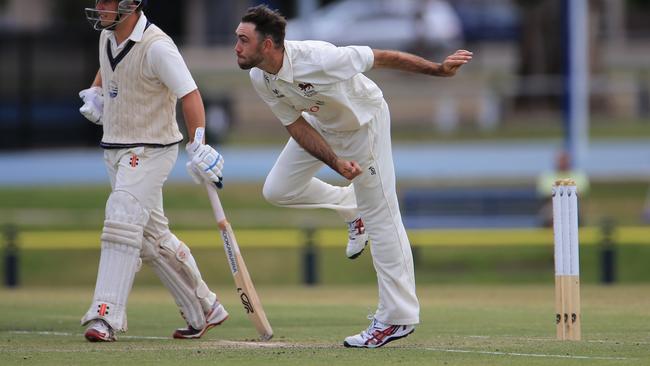
Cricket Victoria chief executive Andrew Ingleton has a lot of questions to answer.
How do they expect to identify talent that will go on to represent the state and then the country? How will they support grassroots cricket to make Victoria Number 1 for participation, which is one of three key goals in their current five year strategic plan?
Mr Ingelton declined to be interviewed.
Sure, the Victorian Sheffield Shield team is picked from premier cricket. But those clubs select their players from the underage competitions, who in turn identify talent from local cricket across the state.
I got my start in the U14 Mallee Murray Bulls side back in 2006. We weren’t very successful but we had fun and got to play a good standard of cricket.
I was then recruited by the premier club Melbourne, represented Victoria at underage level and was accepted into boarding school, which helped me get a good education, complete a university degree and find a job.
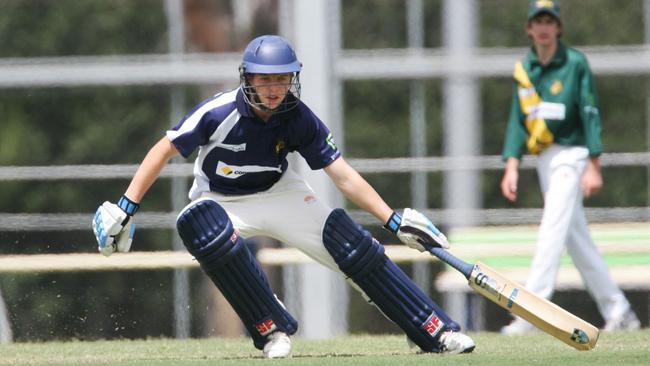
In my case, as it would be for many others, it wasn’t just a cricket pathway but a life pathway.
Cricket Victoria may not make any money in the short term out of junior pathways and community cricket, but it’s the starting block for the future Glenn Maxwells, Aaron Finchs, James Pattinsons and Meg Lannings, who help the organisation secure lucrative sponsorships and TV rights deals.
How Cricket Victoria plans to provide even a comparative level of support to local clubs, associations and schools in the future is uncertain.
One thing that is certain though is that grassroots cricket, the heartbeat of many communities, will suffer and clubs may even fold.
MORE: FOOTBALL LEAGUES FLOAT HALF-SEASON IDEA
SUBURBAN CRICKETERS PREPARE FOR FOOTBALL LEAGUE CLASHES
EFL’S BEST 20: BULLS AND EAGLES’ STUNNING SIX-PACKS
It’s unlikely the rebound will be quick either, and the impact of these cuts could well be felt in local leagues for decades to come.
Community cricket deserves better than to be the first on the scrapheap, as do the Cricket Victoria employees who have devoted thousands of hours to help make it strong, who are now being forced to compete with their colleagues for “contested” positions just to keep their job.
Jack Paynter is a Leader newspapers journalist.
